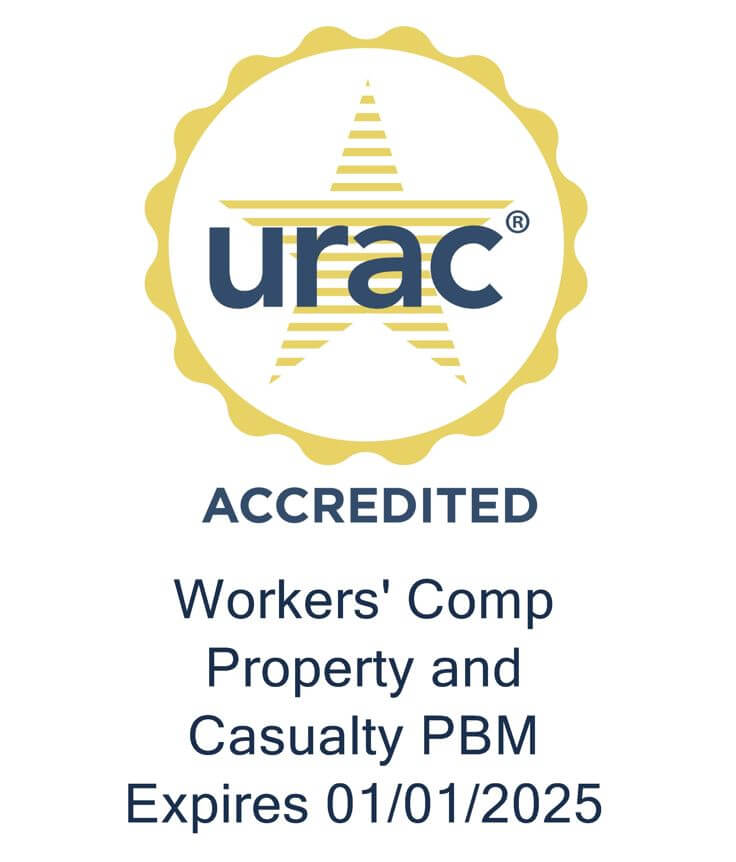By Healthesystems
Migraines – headaches associated with nausea and sensitivity to light and sound – affect 12% of adults in the United States, according to the American Migraine Foundation. In workers’ comp, certain workplace injuries can exacerbate preexisting migraine conditions, and it has also been suggested that traumatic brain injury (TBI) may be a risk factor for migraines. However, compensable diagnoses in workers’ comp are infrequent.
The prevalence of migraines, along with increasing awareness about novel drug treatments, are fueling rapid growth in the global migraine drug market. That market size was $6.7 billion in 2022 and is expected to reach $10.9 billion by 2032.
In 2019, the FDA approved several migraine treatments within a new class called calcitonin gene-related peptide (CGRP)-targeted agents. These medications are designed to target CGRP, a protein which causes intense inflammation in coverings of the brain when released. Since 2019, new CGRP inhibitors have continued to enter the market in various formulations, including oral solutions, nasal sprays, and disintegrating tablets. According to the above projections, the CGRP inhibitors market segment is anticipated to post the quickest revenue compound annual growth rate (CAGR) by 2030.
But should these novel migraine agents be considered first-line treatments for workers’ comp patients? Let’s answer that question by exploring their efficacy and cost considerations, as well as taking a look at the most current guidance.
Clinical Effectiveness
CGRP inhibitors provide relief by preventing migraines from happening, shortening the duration of migraines, and reducing pain and other symptoms. Until earlier this year, these agents were not recommended as first line due to some mixed studies on efficacy. Two studies published in The Lancet – one on ubrogepant and one on the nasal spray zavegepant – found that the drugs were effective and well tolerated in the treatment of acute migraine attacks when compared with the placebo.
The Institute for Clinical and Economic Review conducted a literature review to evaluate the health outcomes of three CGRP inhibitor agents: lasmiditan, ubrogepant, and rimegepant. Results of the study showed that all three of the drugs have superior odds of achieving pain freedom at two hours versus the placebo. However, compared to drugs in the triptans class – a commonly prescribed acute migraine treatment – the three new agents showed lower odds of achieving pain freedom or pain relief at two hours. The novel agents also came with some mild to moderate adverse effects, most notably dizziness.
Another study published in the European Journal of Neurology looked at how often a person filled their triptan prescription after taking preventives such as CGRP inhibitors. While CGRP inhibitors outperformed beta blockers, a common migraine drug, baseline triptan use was considerably higher for patients taking this preventive treatment. This led the authors to conclude that well-established, cheaper migraine preventives are just as effective as the newer CGRP inhibitors.
However, as evidence in both clinical studies and real-world practice have evolved, so has guidance. A March 2024 position statement issued by the American Headache Society concludes, “The cumulative evidence for the efficacy, safety, and tolerability of CGRP-targeting therapies is significantly greater than that for any established migraine preventive therapy. The remarkable tolerability of the CGRP-targeting therapies is a particularly positive feature.”
Cost Effectiveness
By all accounts, novel migraine agents are expensive. The first FDA-approved CGRP inhibitor drug, Aimovig (erenumab), was released in 2018 with a list price of $6,900 per year. According to a BioDrugs study, the costs of the new migraine drugs can be considered “high in principle when compared with SOC [standard of care].” Forbes also notes, “The costs of novel migraine treatments are considerably higher than generic triptans and most other migraine therapies.”
First-Line Treatment Options
Despite their high cost, novel migraine agents are now considered among first-line treatments for migraine therapy. This is confirmed in the position statement published by the American Headache Society, which notes that “Initiation of these therapies should not require trial and failure of non-specific migraine preventive medication approaches.” However, other more cost-effective medications, such as beta blockers and topiramate, may be considered based on individual patient factors and clinical features.






